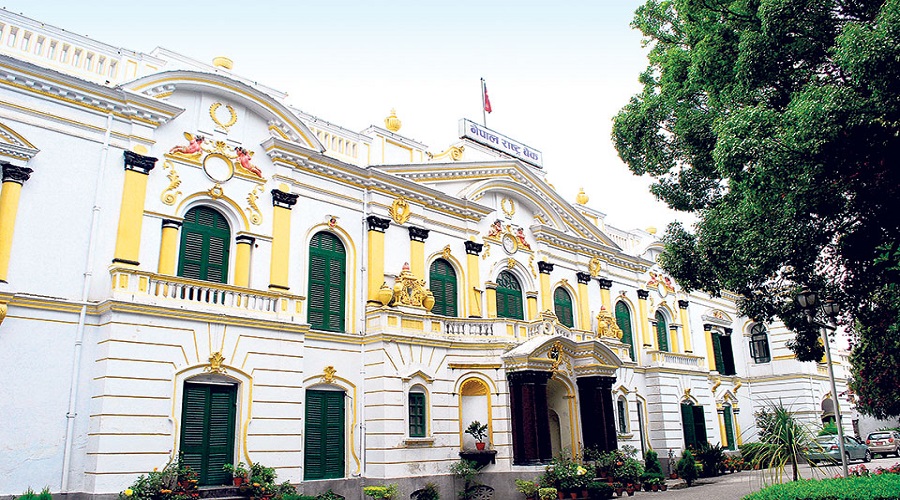KATHMANDU: Despite having an investable sum of 6.08 trillion rupees within the banking system, there has been no surge in credit investments. Despite the implementation of policies aimed at reducing interest rates and fostering increased credit, the Nepal Rastra Bank has not issued a new circular, causing uncertainty among banks and financial institutions. Ten days after the monetary review of the current financial year, the central bank has yet to revise integrated guidelines in line with the review.
Consequently, a surplus of liquidity has accumulated in the system, as businessmen and investors refrain from seeking loans in anticipation of a decrease in interest rates after December.
As of December 16, the system holds around 60.16 trillion rupees in deposits, but only 49.96 trillion rupees have been disbursed in loans.
On December 16, an additional 6 billion rupees were deposited, with only 1 billion rupees being loaned, compared to December 15 when the system accumulated 60.10 trillion rupees in deposits and disbursed 49.95 trillion rupees in loans.
The inability of banks and financial institutions to boost credit investment has resulted in the average loan-to-deposit ratio falling below 80 percent.
According to the latest data from the Central Bank, the average loan-to-deposit ratio for banks and financial institutions stands at 79.89 percent, falling short of the NRB’s directive to maintain it at 90 percent through monetary policy.
To stimulate credit flow, banks and financial institutions have consistently reduced interest rates on term deposits since October.
However, as the interest rates on loans have not decreased proportionally to deposits, liquidity continues to increase in the system due to a lack of demand for loans by businesses.
The Nepal Rastra Bank has made adjustments, such as reducing the risk weight from 150 percent to 125 percent, aiming to boost lending in shares and real estate through the monetary policy review.
Additionally, the Central Bank has lowered the policy rate by 1 percentage point to 5.5 percent, reduced the bank rate by 0.5 basis points to 7 percent, and decreased the deposit collection rate by 1.5 percentage points to 3 percent.
In response to the low credit disbursement and increased liquidity, the central bank is employing measures to draw liquidity through short-term talks.
The NRB is utilizing reverse repo operations to exert pressure on banks, encouraging increased lending and reduced interest rates. The central bank retains the option to draw liquidity from the system as long as the interbank interest rate remains below 3 percent.

